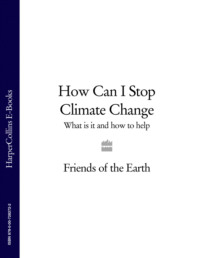Sadece Litres'te okuyun
Kitap dosya olarak indirilemez ancak uygulamamız üzerinden veya online olarak web sitemizden okunabilir.
Kitabı oku: «How Can I Stop Climate Change: What is it and how to help», sayfa 3
Kollektif
Bir şeyler ters gitti, lütfen daha sonra tekrar deneyin
₺101,33
Türler ve etiketler
Yaş sınırı:
0+Litres'teki yayın tarihi:
28 aralık 2018Hacim:
400 s. 1 illüstrasyonISBN:
9780007282722Telif hakkı:
HarperCollins